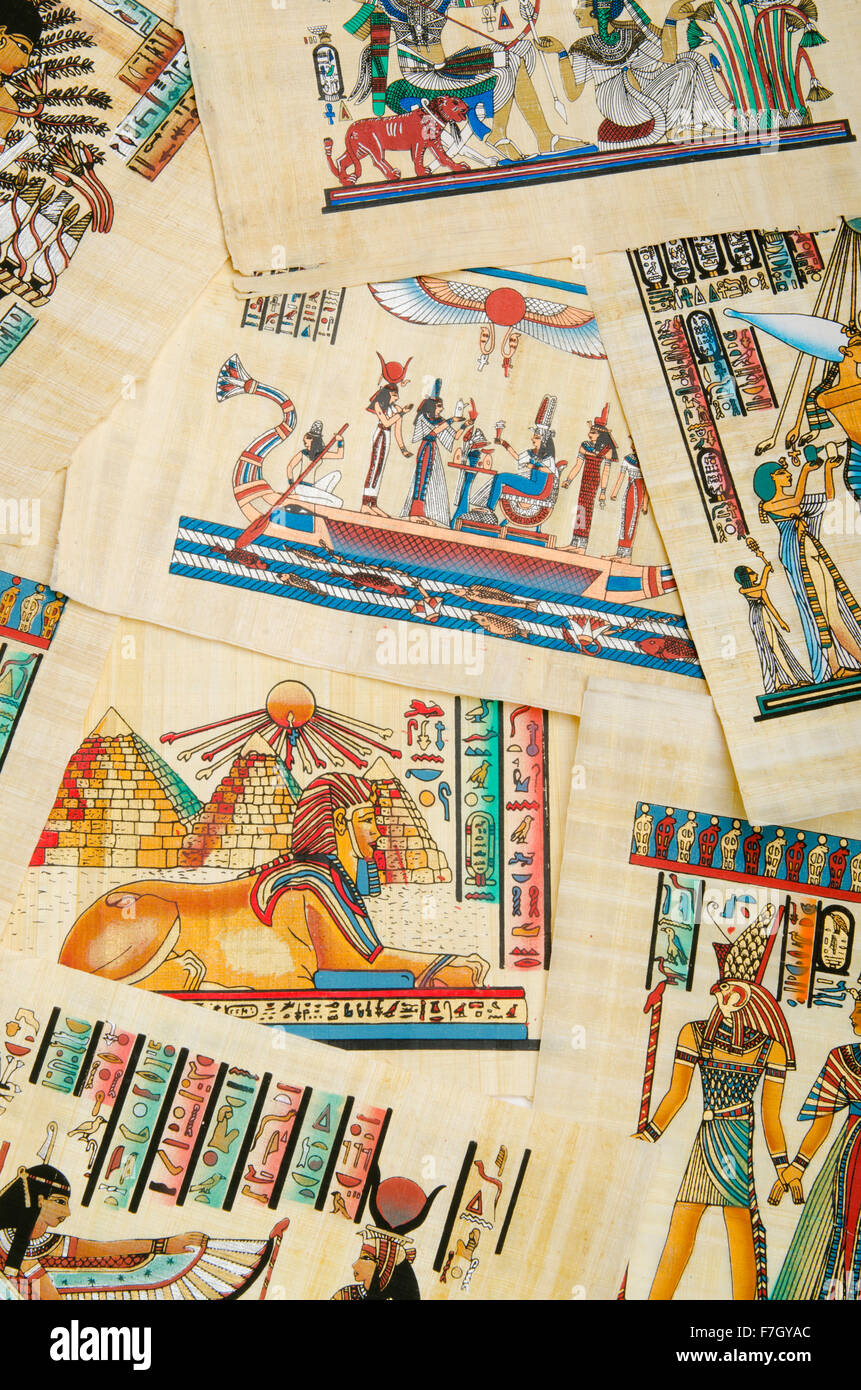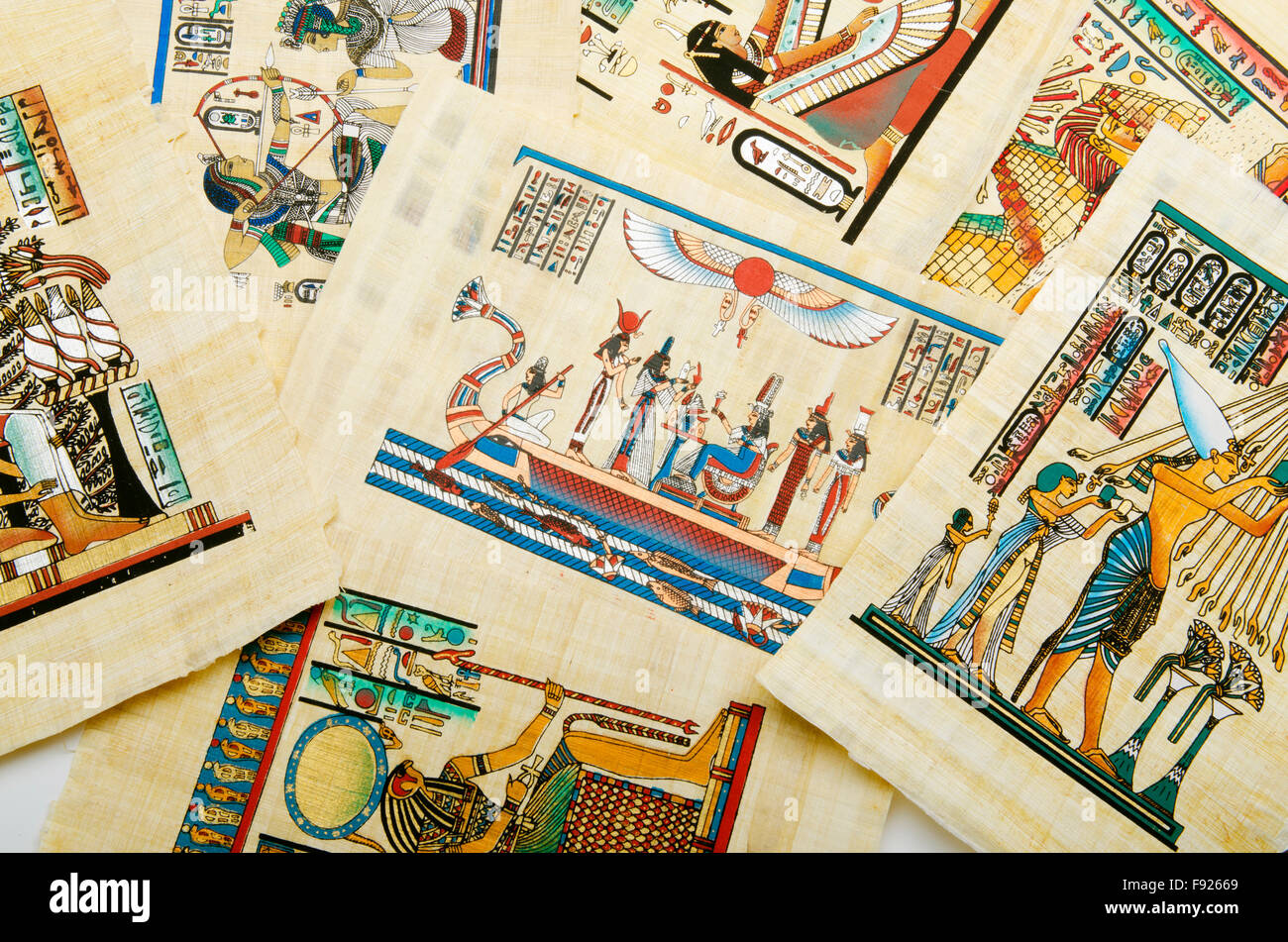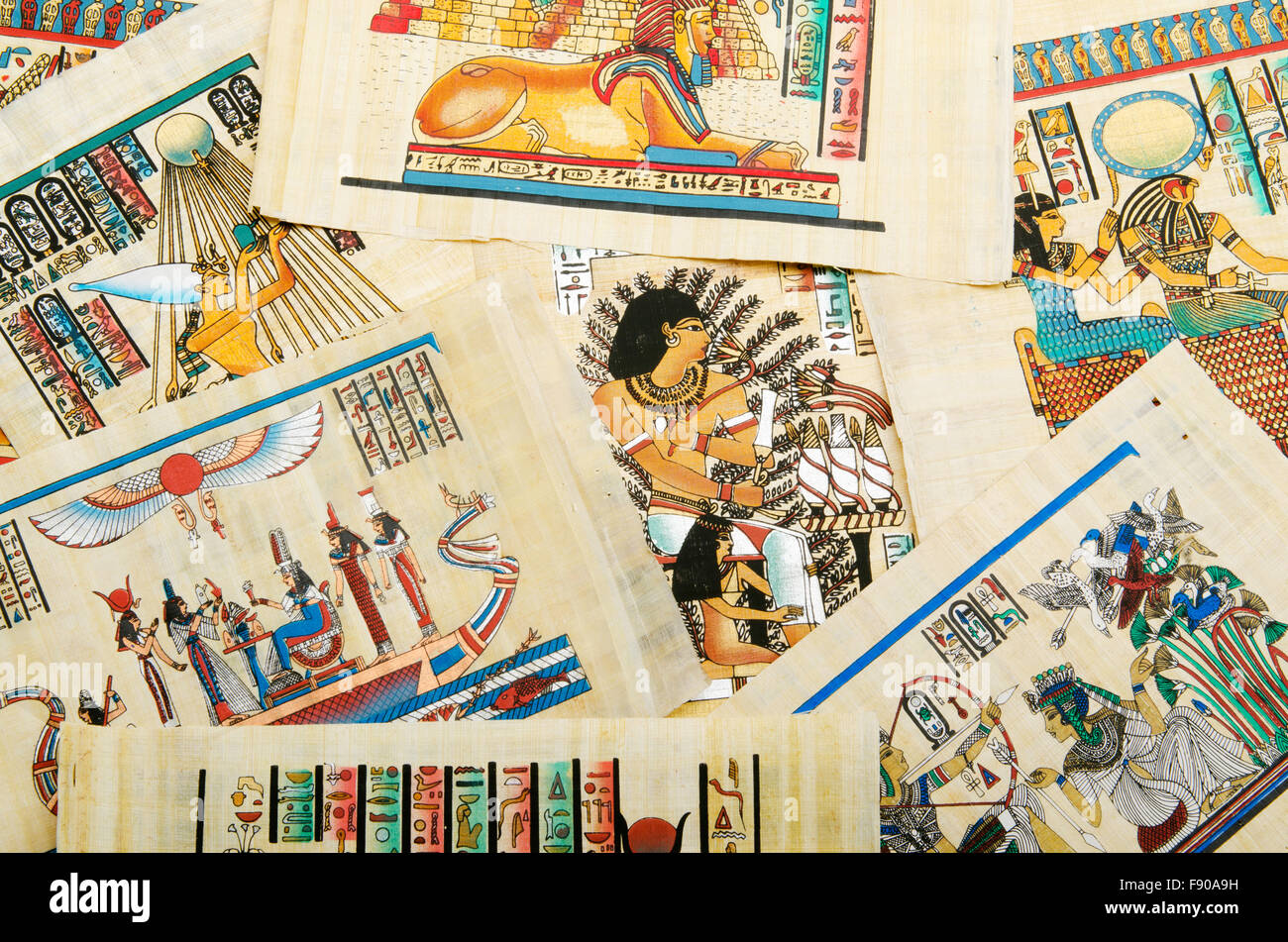Iranian Women's Enduring Spirit: A Journey Through History
Table of Contents
- The Roots of Resilience: Women in Ancient and Traditional Iran
- A Glimmer of Change: The Dawn of the 20th Century
- The Golden Era: Progress and Empowerment (1930s-1970s)
- The Seismic Shift: Women and the 1979 Islamic Revolution
- Navigating New Realities: Challenges and Persistent Activism
- Modern Iranian Women: Defying Constraints, Inspiring Change
- The Ongoing Struggle: Human Rights and Societal Transformation
- Looking Forward: The Unyielding Spirit of Iranian Women
The Roots of Resilience: Women in Ancient and Traditional Iran
The history of women in Iran is deeply rooted in ancient Persian civilizations, where their roles were often complex and varied. While historical records can be sparse and subject to interpretation, evidence suggests that women held significant positions in certain periods. From mythical queens and warrior figures in Persian mythology to powerful royal women in the Achaemenid and Sasanian empires, women were not entirely absent from public life. However, for most of history, tradition maintained that women be confined to their homes to manage the household and raise children. This backward suppressive attitude towards women persisted through much of Iranian history, reflecting a broader societal norm that often relegated women to an inferior status—a defect that continues to contaminate the soul of Iran in some aspects even today.Early Contributions and Societal Norms
Despite the prevailing patriarchal structures, women in Iran have played numerous roles and contributed in many ways to Iranian society. Their contributions were often informal but vital, ensuring the continuation of cultural practices, raising future generations, and supporting the economic fabric of their communities through crafts, agriculture, and trade within the confines of their homes. Generally, Iranian women did not attain any parity until the 20th century, struggling against centuries of the dominance of negative views on women, sociologically and humanistically. These historical contexts laid the groundwork for the challenges and transformations that would define the status of women in later centuries.A Glimmer of Change: The Dawn of the 20th Century
The early 20th century marked a pivotal moment for women in Iran. As the country grappled with modernization and constitutional movements, the seeds of women's rights activism began to sprout. Intellectuals and reformists, influenced by global movements and a growing awareness of women's plight, started advocating for greater educational opportunities and social freedoms for women. This period saw the establishment of the first girls' schools, albeit often facing strong opposition from conservative elements. These early educational initiatives were crucial in laying the foundation for future advancements, slowly chipping away at the traditional confinement of women to the domestic sphere. The burgeoning push for education was a key factor in empowering women to envision roles beyond the household, setting the stage for more significant social and political changes.The Golden Era: Progress and Empowerment (1930s-1970s)
The mid-20th century, particularly from the 1930s to the late 1970s, is often referred to as the "golden era" for Iranian women. During this period, Iranian society was undergoing profound transformation, and nowhere was that more evident than in the lives of women. Reforms initiated by Reza Shah Pahlavi and continued by his son, Mohammad Reza Shah, aimed at modernizing Iran along Western lines, directly impacting women's status. The most visible of these changes was the unveiling (kashf-e hijab) in 1936, a controversial but significant step aimed at integrating women into public life. While some viewed it as forced Westernization, it undeniably opened doors for women to participate more openly in society.Milestones in Social and Political Participation
This era witnessed unprecedented advancements in women's rights and participation. Women gained access to higher education, entered various professions, and began to hold positions of influence. Landmark legislative changes, such as the Family Protection Law of 1967 (later amended in 1975), significantly improved women's rights in marriage, divorce, and child custody, granting them more legal protections than ever before. Critically, women voted for the first time in Iran in 1963, a monumental step towards political equality. By 1978, on the eve of Iran’s revolution, 22 women sat in parliament, and 333 women served on elected local councils. Furthermore, two million women were in the workforce, with more than 146,000 of them in the civil service. This period truly showcased the potential for women's empowerment within a modernizing Iran, illustrating how social norms could be challenged and reformed through progressive policies.The Seismic Shift: Women and the 1979 Islamic Revolution
The Islamic Revolution of 1979 brought seismic changes to Iran, not least for women. While the revolution politicized the mass of Iranian women, who actively participated in the protests that overthrew the Shah's dictatorship, its aftermath fundamentally altered their legal and social standing. Many women initially supported the revolution, hoping for greater social justice and an end to perceived Westernization. However, they soon realized that the Islamic Revolution would not, in fact, result in more freedoms for them in the way they had envisioned. The new Islamic Republic swiftly implemented laws based on Sharia, which rolled back many of the gains made during the "golden era." The most immediate and visible change was the mandatory veiling (hijab) in public, enforced by the state. Laws related to marriage, divorce, and inheritance were revised, often diminishing women's rights in favor of traditional interpretations of Islamic law. This era marked a profound shift from the secular, modernizing trajectory of the Pahlavi era to a more religiously conservative framework, significantly impacting the daily lives and opportunities for women in Iran.Navigating New Realities: Challenges and Persistent Activism
Following the revolution, women in Iran have had to contend with an inferior status, facing some of the most repressive laws in the world. The misogynistic laws of the Iranian regime have a long history of enacting legislation that suppresses women’s rights. These laws have profoundly impacted women's lives in Iran, affecting their education, employment, legal standing, and public presence. Despite these enormous challenges, Iranian women have had a long and critical history of activism, meaning that what we are witnessing today is not simply a post-revolutionary phenomenon but a continuation of a persistent struggle.The Fight for Rights Continues
Iranian women have a long history of campaigning for their rights, adapting their strategies to the changing political landscape. From quiet acts of defiance to organized protests, their determination has remained steadfast. Various women's rights movements and civil society organizations have emerged, advocating for legal reforms, greater freedoms, and an end to discrimination. These programs are needed, it is stated, to try and remedy some of the damage caused by centuries of the dominance of negative views on women, sociologically and humanistically, and other hardships suffered by women in Iran. The latest protests bring together a host of religious and gender groups suppressed by the country’s clerical regime, highlighting the broad base of discontent and the enduring spirit of resistance among women. A look back at the history of the women’s rights movement over the past five decades explains how Iranian women realized the Islamic revolution would not, in fact, result in more freedom, fueling their ongoing activism.Modern Iranian Women: Defying Constraints, Inspiring Change
In modern Iran, women continue to make important contributions despite the challenges. Their resilience is evident in their continued pursuit of education, their growing presence in various professional fields, and their outspoken advocacy for human rights. Women in Iran have a rich history, with contributions spanning across all sectors, including politics, science, arts, and social movements. However, the role of women in Iranian society has been shaped by complex political, cultural, and religious factors, particularly in the last few decades.Courage in the Face of Adversity
A shining example of this modern resilience is Shirin Ebadi, who became the first Iranian woman to win the Nobel Peace Prize in 2003. As a lawyer and human rights activist, she has worked tirelessly to defend the rights of women and children in Iran, symbolizing the unwavering commitment of many Iranian women to justice and equality. Her achievements underscore the intellectual and moral strength that persists despite the restrictive environment. Today’s Iranian women are determined to change the social norms, pushing boundaries in every sphere of life, from sports and arts to entrepreneurship and scientific research, proving that creativity and ambition cannot be easily suppressed.The Ongoing Struggle: Human Rights and Societal Transformation
Despite their remarkable resilience and contributions, Iranian women continue to face severe human rights challenges. According to information received by the U.N. Human Rights Office, the situation remains dire. For instance, at least 31 women were reported to have been executed in 2024, up from at least 22 in 2023. Among those 31 women were 19 reportedly executed for murder, including nine convicted of killing their husbands in cases involving domestic violence, forced marriage, or child marriage. These grim statistics highlight the severe legal and societal vulnerabilities women face, particularly within the justice system, where their rights are often curtailed. This report explores these issues, highlighting how Iranian women are subjected to some of the most repressive laws in the world, delving into these laws’ impact on women’s lives in Iran. The misogynistic laws of the Iranian regime continue to be a major obstacle to full gender equality and human dignity.Looking Forward: The Unyielding Spirit of Iranian Women
The history of women in Iran is a powerful narrative of endurance, adaptation, and relentless pursuit of justice. From mythical and ancient times to the present day, Iranian women have profoundly influenced cultural, social, and scientific fields. Throughout Iran’s history, women have demonstrated extraordinary courage and resilience, defying societal constraints to take an active role in the struggle for freedom. Their journey is far from over, but their past and present actions serve as a beacon of hope and a testament to the indomitable human spirit. The ongoing activism and determination of Iranian women to challenge and change oppressive norms continue to inspire movements for freedom and equality worldwide.Conclusion
The history of women in Iran is a complex and compelling saga of strength against adversity. From ancient civilizations to the modern era, Iranian women have consistently played pivotal roles, contributing significantly to their society's fabric despite enduring centuries of restrictive traditions and, more recently, oppressive laws. The "golden era" of the mid-20th century showcased their potential for empowerment, only for many of those gains to be rolled back after the 1979 revolution. Yet, their spirit of activism and resilience has never waned. Today, Iranian women continue to be at the forefront of the struggle for human rights, bravely challenging the status quo and inspiring global movements for change. Their story is a powerful reminder that the fight for freedom and equality is an ongoing journey, fueled by courage, determination, and an unyielding hope for a better future. What are your thoughts on the incredible resilience of Iranian women throughout history? Share your insights and reflections in the comments below, and consider sharing this article to spread awareness about their remarkable journey.- Iran And Us News
- Photos Of Iran In 1970
- Flag Of Islamic Republic Of Iran
- Edinburgh Lufthavn
- Great Harvest

Egyptian history concept with papyrus Stock Photo - Alamy

Egyptian history concept with papyrus Stock Photo - Alamy

Egyptian history concept with papyrus Stock Photo - Alamy